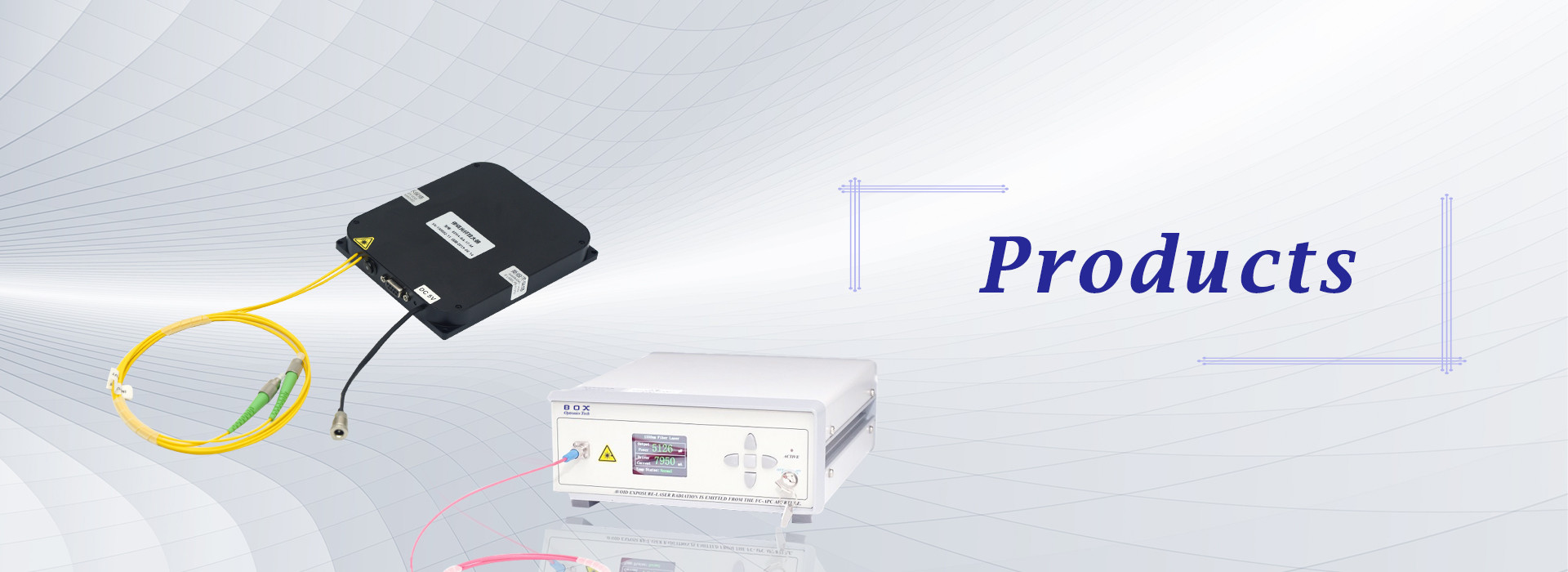
We believe in: Innovation is our soul and spirit. Excellent is our life. Buyer want is our God for 1530nm Pigtailed DFB Laser Diode With PM Fiber,1530nm Pigtailed DFB Laser Diode With SM Fiber, High-quality is factory's everyday living , Focus on customers' demand would be the source of organization survival and advancement, We adhere to honesty and good faith doing the job attitude, seeking forward towards your coming !
1530nm Pigtailed DFB Laser Diode With PM Fiber, We take measure at any expense to achieve essentially the most up-to-date equipment and approaches. The packing of nominated brand is our a further distinguishing feature. The products to assure years of trouble-free service has attracted a great deal customers. The solutions are obtainable in improved designs and richer assortment, they're created scientifically of purely raw supplies. It readily available in a variety of designs and specs for your selection. The most recent kinds are a great deal better than the preceding one particular and they are quite popular with lots of prospects.